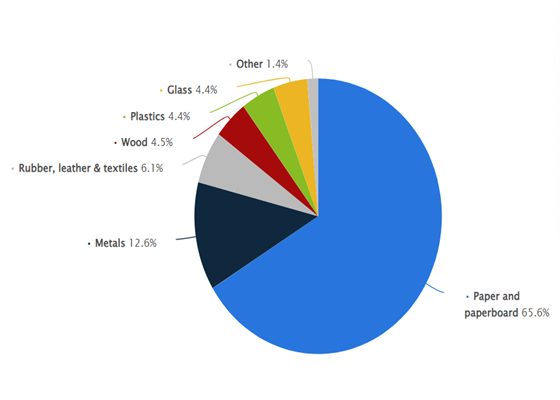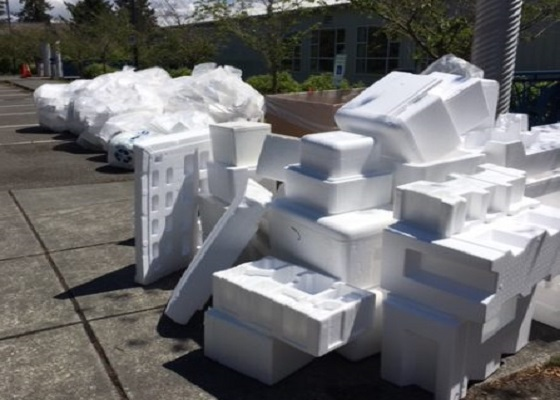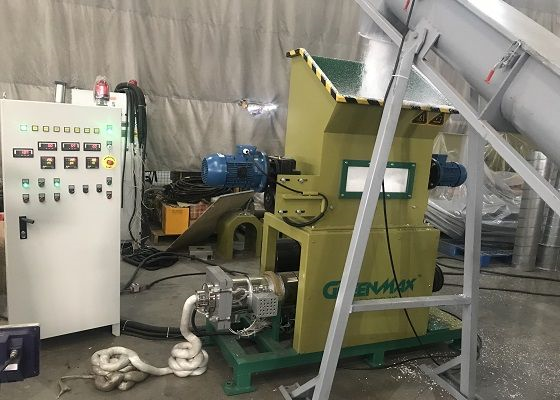Waste sorting and styrofoam densifiers help increase recycling of styrofoam containers in the US
Sorting garbage has always been something we advocate, but do you understand the meaning behind garbage sorting? Garbage classification is to facilitate the subsequent recycling of valuable garbage. Imagine that all kinds of garbage, such as rotten food, broken glass, metal, waste clothes, plastics, etc. are all mixed, which will bring great difficulty to waste recycling. Let's take the data of 2018 as an example. In the entire United States, the recycling rate of various types of waste products is: the recycling rate of waste paper is 65.6%, the recycling rate for metal is 12.6, and the recycling rate for wood, plastic, and glass does not exceed the overall 5%. In particular, the proportion of plastics is very low, but we know that the production of plastics including styrofoam has increased rapidly in recent years, which means that the recycling rate is much lower than the production rate.

Considering the proportion of production and recycling many types of waste products have not been well recycled. One of the reasons is the lack of effective waste sorting. Another major reason is the backwardness of recycling technology. Take recycled plastic as an example, styrofoam is a common type of plastic, which is a type of plastic foam. Although in the United States, we have long advocated recycling this material, until now, the recycling rate of styrofoam is still less than 50%, even half of it. The recovery rate is not enough. Our common styrofoam containers come from a variety of industries, such as the catering industry, fishing, agriculture, etc. Most of the styrofoam containers that have not been effectively recycled are directly landfilled and incinerated, which is no different from harm to the natural environment and human health. Based on good garbage classification, we can carry out styrofoam recycling. Both are indispensable.

The current recycling technology can well support styrofoam container recycling, and plastic foam recycling can be achieved by using a styrofoam densifier. First of all, related industries should do a good job of garbage classification. During the recycling process, many related industries admitted to GREENMAX that they sometimes threw waste Styrofoam containers directly into trash cans for convenience, or directly into landfills to be mixed with other garbage. Mixed, the subsequent sorting workload was too large, and this waste Styrofoam that could have been recycled eventually had to be landfilled. GREENMAX recommends relevant industries recycle waste Styrofoam containers and use styrofoam densifiers for timely disposal.

Some people may have doubts, relevant industries help to accumulate waste Styrofoam containers, and wait for specialized recyclers to collect them and recycle them uniformly. Many GREENMAX partners used this method at the beginning, but over time, they found that it not only wastes inventory but also requires expensive processing fees. So they decided to buy a styrofoam densifier to recycle it themselves. With a Styrofoam densifier, air-filled styrofoam containers are compressed to 1/90th their original volume for easy transport and storage. At the same time, styrofoam ingots can be sold as additional income. GREENMAX Styrofoam helps to solve environmental pollution and realize the economic cycle, achieving win-win!
